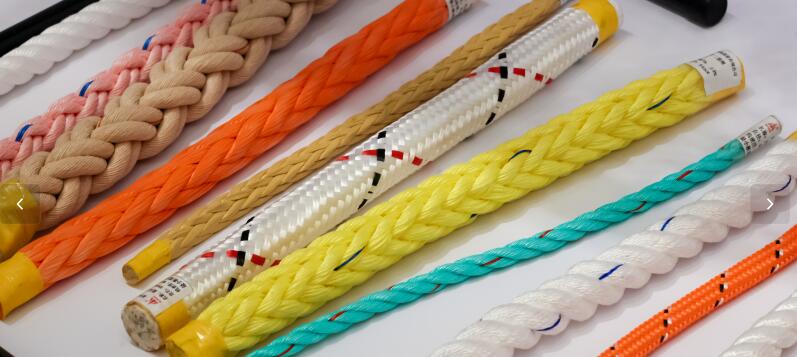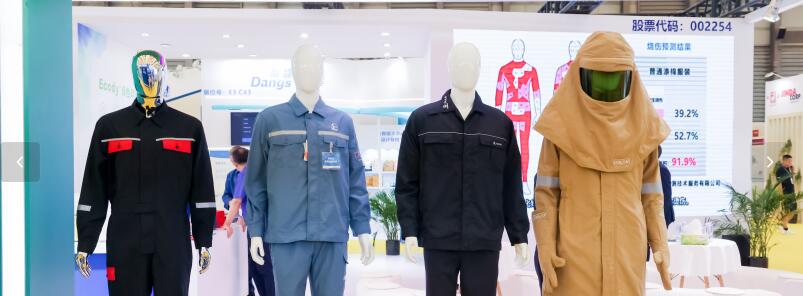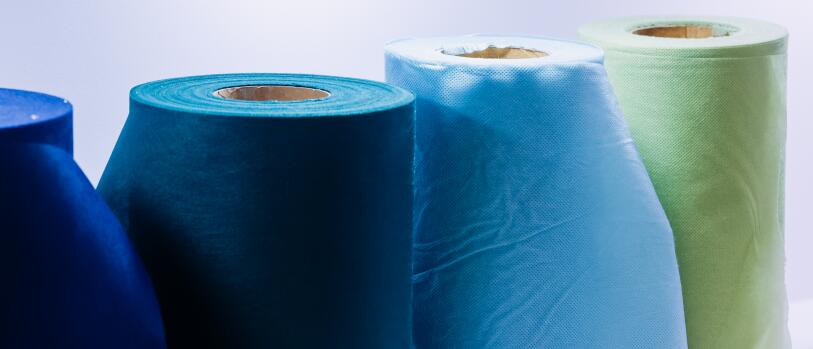|
|||||||||
|
|
| China's Nonwovens Production Remains Stable in 2022 |
|
China's Nonwovens Production Remains Stable in 2022
China Nonwovens and Industrial Textiles Association (CNITA)
In 2022, the production of China's nonwovens remained stable despite a decrease in investment and a decline in exports.
According to the statistics of CNITA, the output of nonwovens in China in 2022 was 8.14 million tonnes, a year-on-year decrease of 0.8%, compared with 2019, the average three-year growth rate was 7.9%.
Spunbonded, needle-punched and spunlaced are still the main processes for nonwovens in China in 2022. Among them, spunbonded nonwovens output decreased by 5% year-on-year to 3.9 million tonnes due to the decline in demand for anti-pandemic products. The demand for needle-punched nonwovens kept growing due to the growth of applications in automotive and environmental protection, and the annual output of needle-punched nonwovens increased by 4.9% year-on-year to 1.6 million tonnes. The new production capacity of spunlaced nonwovens continues to be released, with a year-on-year increase of 2.1% in 2022, reaching 1.43 million tonnes. The output of meltblown nonwovens in China was 268,000 tonnes, up 15% year on year, as the market demand for masks remained high in 2022.
Production by Process in 2022
Source: CNITA
COVID-19 has led to a significant expansion of production capacity in China’s nonwovens industry. The capacity is still in release. Since 2021, the enthusiasm of the entrepreneurs to invest in production capacity expansion has continued to cool down in China’s nonwovens industry, and some have cancelled or postponed their production capacity investment plans which were determined in 2022. According to CNITA's estimation, the fixed asset investment in China's nonwovens industry in 2022 decreased by about 10% year-on-year. According to CNITA’s incomplete statistics, in 2022, about 50 spunbonded and meltblown nonwovens production lines, 20 spunlaced lines, 150 needle-punched lines were newly added. Total new production capacity exceeded 900,000 tonnes. High-end, intelligent and green are the main trends of new project investment in the industry.
In 2022, China’s nonwoven rolls were exported 1.21 million tonnes, worth 3.99 billion US dollars, a year-on-year decrease of 11.88% and 12.06%, respectively. However, the export value still increased by 28.31% compared to 2019. The decrease in export value in 2022 is mainly due to the decline in demand in major exported countries such as Vietnam, South Korea, and the United States, and the export prices slightly decreased compared to 2021.
In terms of nonwovens products, the exports of masks and medical protective clothing continued to decline in 2022, but the exports of disposable diapers and sanitary napkins reached 3 billion US dollars, an increase of 19% year on year.
About the development of China's nonwovens in 2023, Li Guimei, President of CNITA said “ In 2023, the positive factors driving the development of China's nonwovens industry will not change. It is expected that the output and sales of China's nonwovens will grow slightly and the profitability may improve. The industry's fixed asset investment, especially investment in new production capacity will tend to be cautious, but investment in intelligent manufacturing and green manufacturing will continue to maintain a certain growth. China's nonwovens's exports still face challenges.”
End-use market Absorbent hygiene products such as diapers, sanitary napkins, and adult incontinence supplies accounted for approximately 19% of the application of nonwovens in China. With the decline of China's birth rate and the increase of market penetration of baby diapers and sanitary napkins, the demand for such products has become increasingly saturated. Adult incontinence supplies are new growth area in this field in the future.
In the past two years, although the application volume of anti-pandemic products has dropped, the medical and surgical field still accounts for about 10% of nonwoven applications. With the change of the prevention and control policy of the pandemic in China, the demand for nonwovens in the medical and surgical field will fluctuate. The implementation of the Healthy China Initiative and the innovation of products and application will continue to drive the consumption of nonwovens in the medical and surgical field.
Packaging is a traditional important application field of nonwovens in China. With the restrictions on the use of plastic bags, the consumption of nonwoven shopping bags that can be reused multiple times has significantly increased. The performance requirements for nonwovens in the consumer packaging are not high, China's nonwovens industry will focus more on applications in industrial, medical and food packaging in the future.
Wipes is a fast-growing application area for nonwovens in China, with an average annual growth rate of over 15% in the decade before 2022, and accounting for 11.4% of China's nonwovens consumption in 2022 (9.8% year-on-year growth). The biodegradability and the low carbon and environmental protection of the production process will be an important trend for wipes development.
Roads, railways, and water conservancy are also traditional application areas for nonwovens, consumption volume accounting for 8.7% of the total. China's infrastructure investment continues to be large in 2022. Geotextiles production companies were in full operation and output continued to grow. Buildings applications accounted for 7.3% of the total. In 2022, China's real estate market entered an adjustment period, and consumption of nonwovens in buildings declines by 6.1%.
In 2022, the consumption of nonwovens in filtration decreased by 3.2%, accounting for 8.5% of the total. Industrial fume filtration is the fastest growing segment of China's nonwovens filtration industry. Clean rooms, building air purification and machine air intake purification are also important application markets for the air filtration industry.
In 2022, the production and sales of automobiles in China grew by 3.4% and 2.1% year-on-year respectively, continued the growth trend in 2021, which drove the application of nonwovens in transportation to grow by 2.4%, accounting for 6.3% of total nonwovens consumption.
Production Share by End-Use Market
Source: CNITA
About CNITA CNITA, China Nonwovens and Industrial Textiles Association, is the only association approved by the Ministry of Civil Affairs of China represents nonwovens, industrial textiles and related industries in China, and serves 1,000+ member companies. Since its founding in 2001, CNITA has provided a comprehensive range of services with networking events, educational courses, market data, standards, consultancy, information, publicity, etc. to help members succeed. The main mission of CNITA is to preserve the rights and interests of its members, serves as a bridge between its members and government, promotes technological progress and industry development.
For more information, please contact: Yang Yaolin Email: foreignaffairs@cnita.org.cn
|


